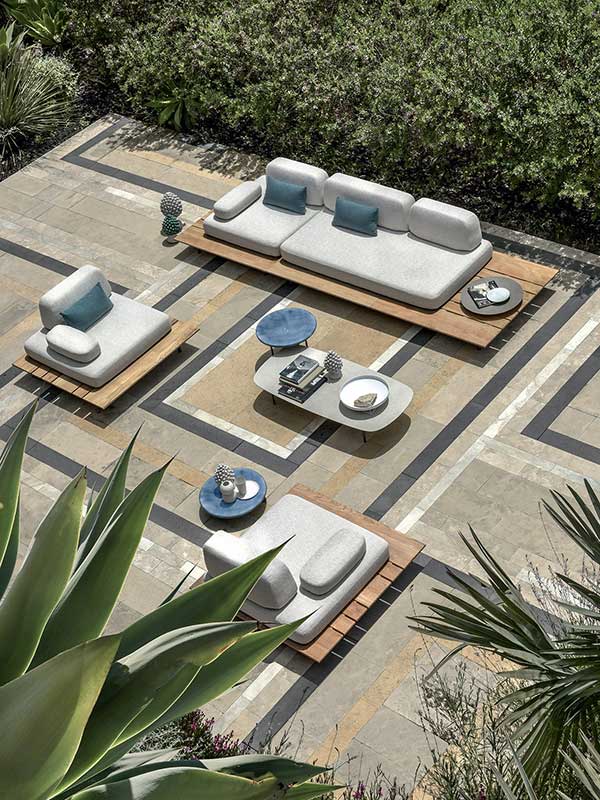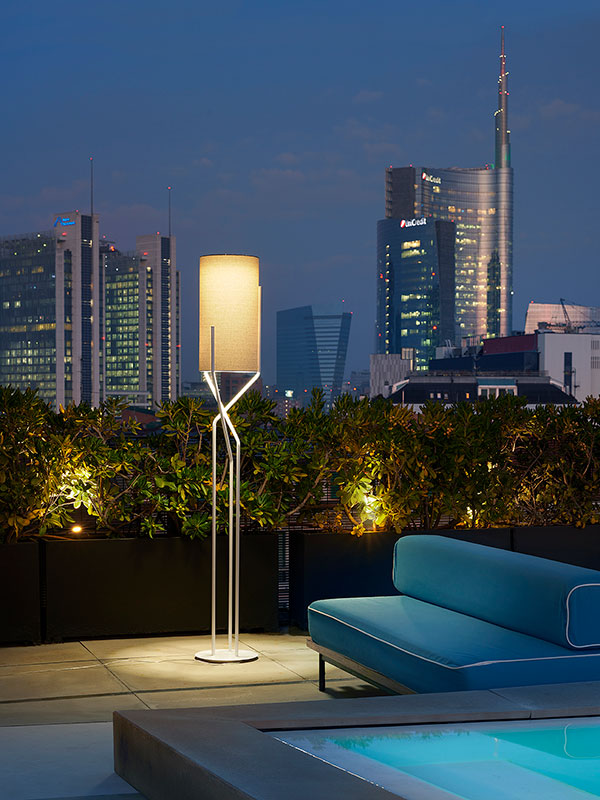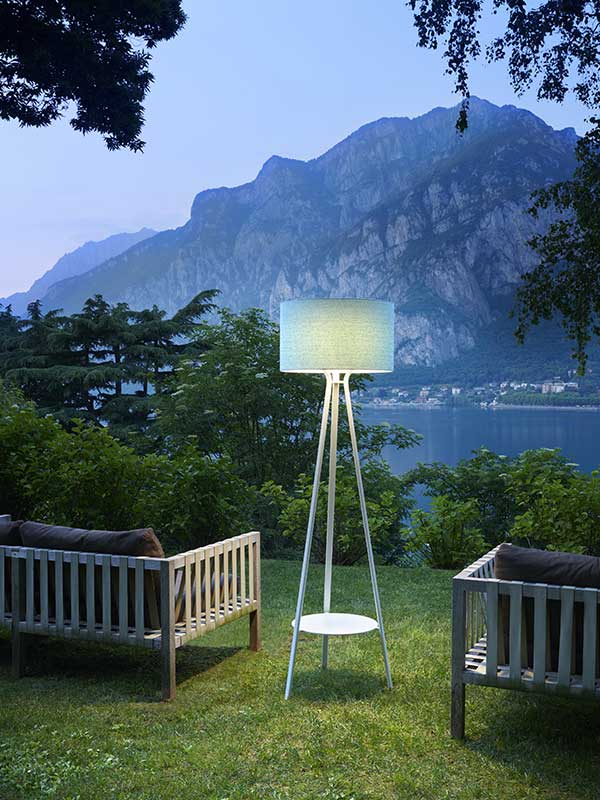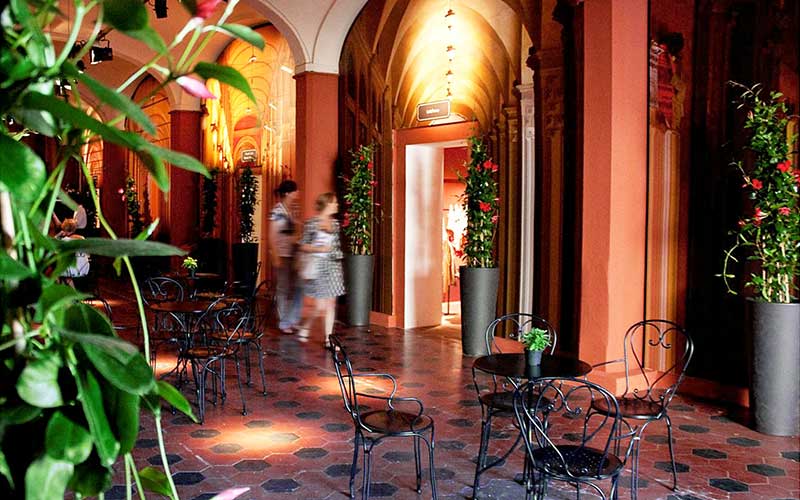After having met and listened to her on the occasion of the webinar “why is the word decoration so scary” during Viscom Italia 2021 LIVE + DIGITAL, we were fascinated by her design approach. To get to know her better, we asked her a few more questions.
Some said that the success of Italian design also lies, in the fact that designers were taught and grew as architects looking at products, as part of the space.
Do you find yourself in this approach?
Yes sure. After all, I am part of the last generation, who studied as an architect and then worked as a designer. In fact it was a tradition that forged designers such as Castiglioni, Magistretti, Zanuso and Bellini to name a few. At the architectural faculty of Florence, eclectic personalities such as Andrea Branzi, with whom I collaborated during the first years of the Design School of the Politecnico di Milano, found inspirations and fellows to found, between the 70s and 80s, some of the most interesting design avant-gard movements like Memphis, Alchimia and the Archizoom.
Today designers are trained in design schools, where further specializations are developed such as product design, communication design, interior design, web-design, spatial design ... this lead for sure to higher specific professionals, but the overall vision, that was the positive prerogative of architects, is little lost. That "from the spoon to the city" of Nathan Rogers famous assertion, during the 50’s, to underline the omnipresence of architectural design, has definitely been lost. Objects, spaces, people have to interact with each other and it is difficult for me to think and design for watertight compartments.
Absolutely yes. Today, more than ever, the photographic image of the finished product is essential for its promotion and storytelling. The art director is the role in which I find myself most, precisely because of this transversal attention to the whole process: from conception to production to product communication. In some cases, even the distribution method becomes a project theme. We live in a contemporary world saturated with products, in which beauty and functionality are no longer sufficient to determine, if not their success, at least products permanence on the market. Carefully taking care and coordinating all phases of the product's life gives the possibility to present the project to the public as it was conceived, enriching form and function with a narration.
In your opinion, why is total white or greige look still prevailing in interiors: desire for calm or fear to mistake?
First of all, it must be said that there is a cultural issue, which affects the use of color and decoration: we, as Italians, are perhaps more for sobriety than, for example, the Anglo-Saxon people, who find an identity trait in floral wallpapers. Then there is also a cyclical theme: if we think back to the optical decorations of the 70s, Italians did their part too! After the years of student protests, drug use and fights for women's rights, we have experienced another hyper-colorful era, which was that of the 80s. Perhaps it was physiological, after so much "noise" to desire the calm proposed by minimalism.
Today, however, after thirty years of calm, a new desire for "liveliness" emerges: the trendiest interiors make extensive use of color, often strong. In private homes there is a little more inertia, but as with all trends, there are those who anticipate them, those who catch them at the moment of maximum diffusion, those who wait for the long wave and those who are completely alien to them.
Do you think it is architecture that has to meet people's needs or is it the people who, after all, have to adapt to the environments?
The theme of light is very important to me: my career started designing lamps. The aspect that has always conquered me is the combination of the physicality of the lamp object, with its shape, material, weight and emotional component, the light itself, which is, instead, something light and impalpable, that flows in space, modifying its perception. When I design an installation, the choosing of light color and intensity is essential to create involvement and arouse emotions. I often say that, more than designing light, I design shadows! There is nothing more wrong than a totally and perfectly illuminated and uniform environment. Creating an alternation of light and shadows, of objects in evidence and others to be revealed, emotions can be aroused.
About the question, between people and architecture, who has to adapt to whom… I think it is architecture that has to meet people's needs. If the reverse happens, if people have to adapt to spaces, it might be that we are not dealing with architecture, but building speculation.
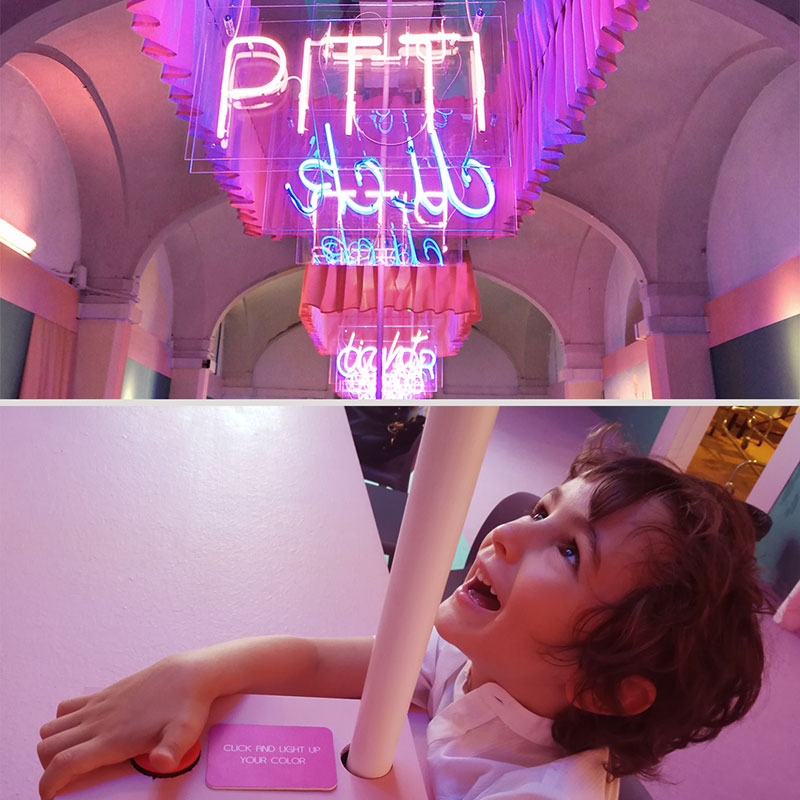
The rhythm of the environment. As I said earlier, light, in alternating light and shadow, creates a rhythm. Even when we design a space, we draw the solids (walls, furnishings) to delimit the voids, which we actually live in. The relationship between full and empty is once again an opportunity to create a rhythm in space. Not only that, an empty space, depending on whether it is long, wide, high or low, beyond the visual impact that all of us architects know, produces a different sound effect. I remember when, right after my graduation, I went for the first time to the Therme at Vals, designed by Peter Zumthor. I remember the very first sensation of a space that "sounded good": the tinkling of water, which thundered in the immense volumes, was beautiful. There were rooms, in which the acoustics were so incredible, that you almost wanted to sing, a bit like in churches. So, if you ask me what is the space that makes me feel good, my answer is the space that has the right rhythms between full and empty, between light and shadow and that sounds good.
What is the question that you would like to have been asked, but that no one has ever asked you?
Do you design because you are happy or are you happy because you design?
Certainly the second! Designing transports you to another dimension, to another universe and this can be cathartic, even in times of difficulty. Being able to get away from your everyday life to immerse yourself in a new context is a meditative process, which helps and makes you happy, especially for those who, as in my case, love this profession.
here the Viscom Live 2021 LIVE+DIGITAL webinar replica

